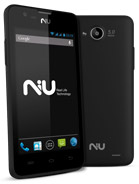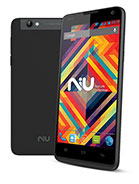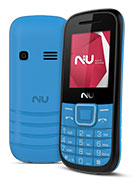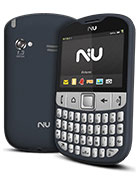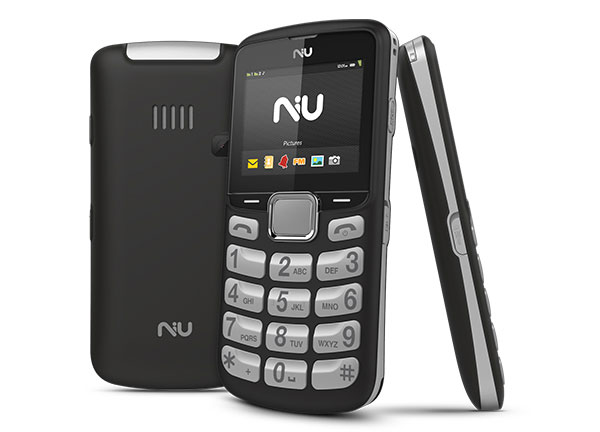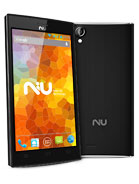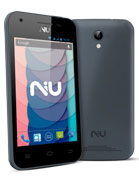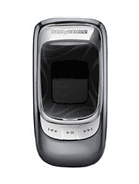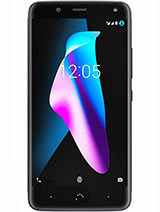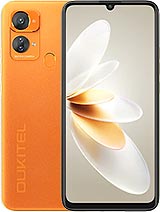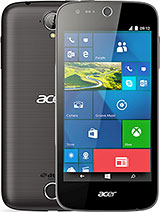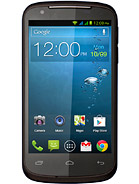NIU Niutek 4.5D Overall Review
The NIU Niutek 4.5D, announced in December 2013 and released in January 2014, is an Android smartphone that caters to the entry-level segment of the market. Sporting a 4.5-inch display with a resolution of 480×854 pixels, it delivers a reasonably good visual experience for its category.
Under the hood, the Niutek 4.5D is powered by the MT6572 chipset, accompanied by 512 MB of storage and 256 MB of RAM, specifications that, while modest by today’s standards, were adequate for the basic smartphone functions of its time. It features a 5 MP primary camera and a 1.3 MP front camera, offering users the ability to capture photos and video at a basic level of quality.
The device runs on Android 4.2 (Jelly Bean), providing access to a wide range of applications and services available on the Google Play Store at the time. Its battery capacity is 1650 mAh, which is typical for smartphones of its generation, offering a decent battery life considering the phone’s hardware demands.
